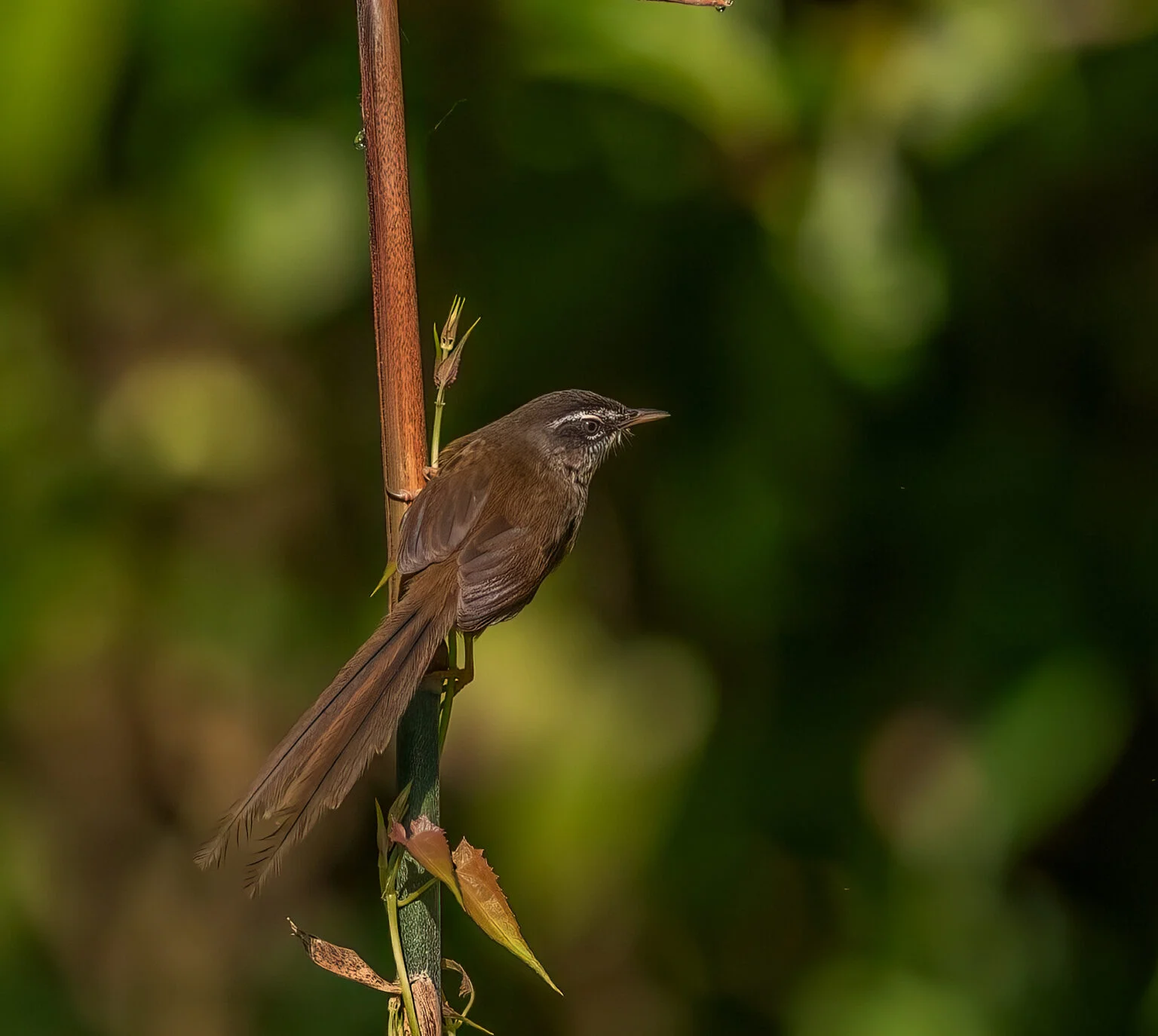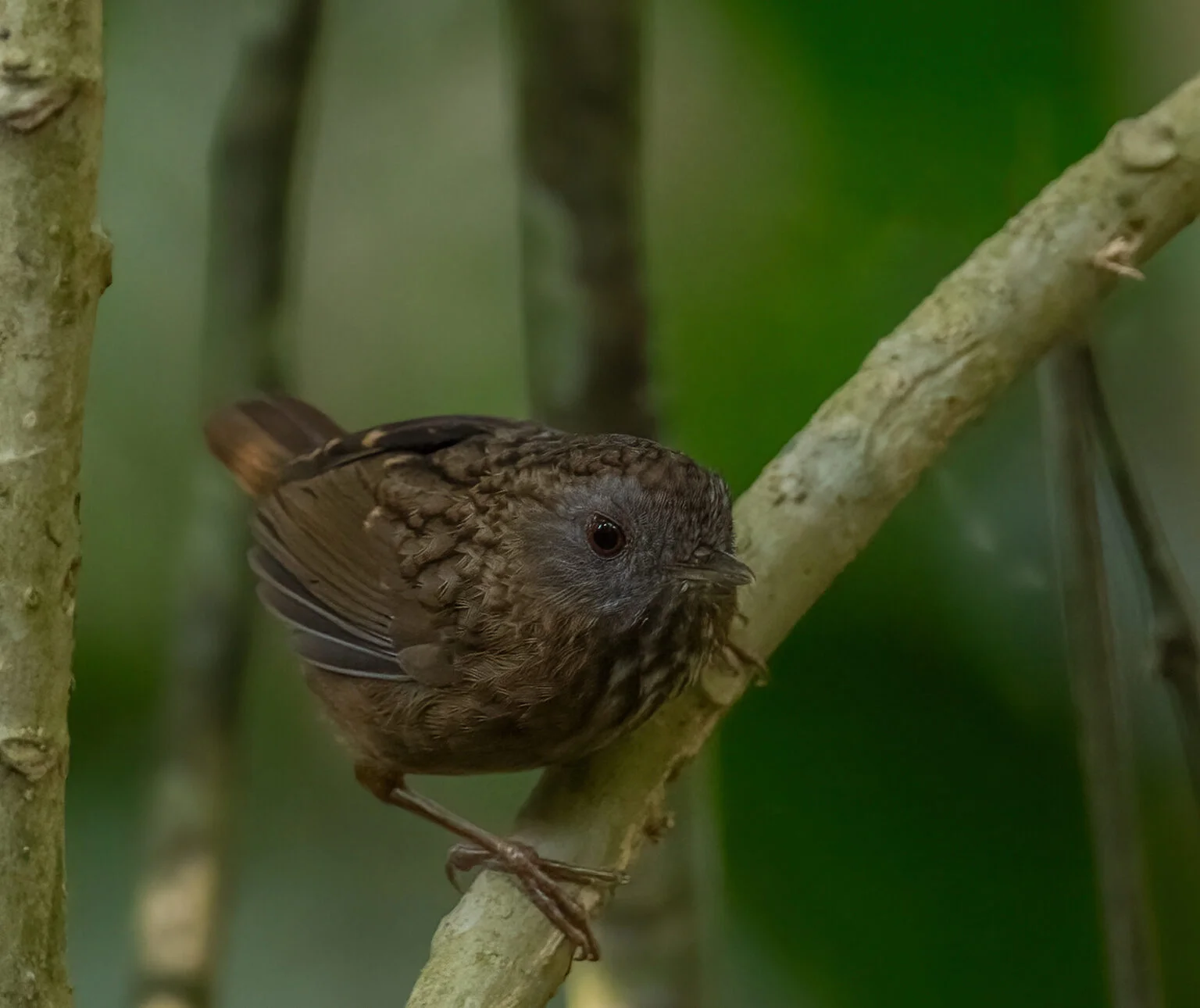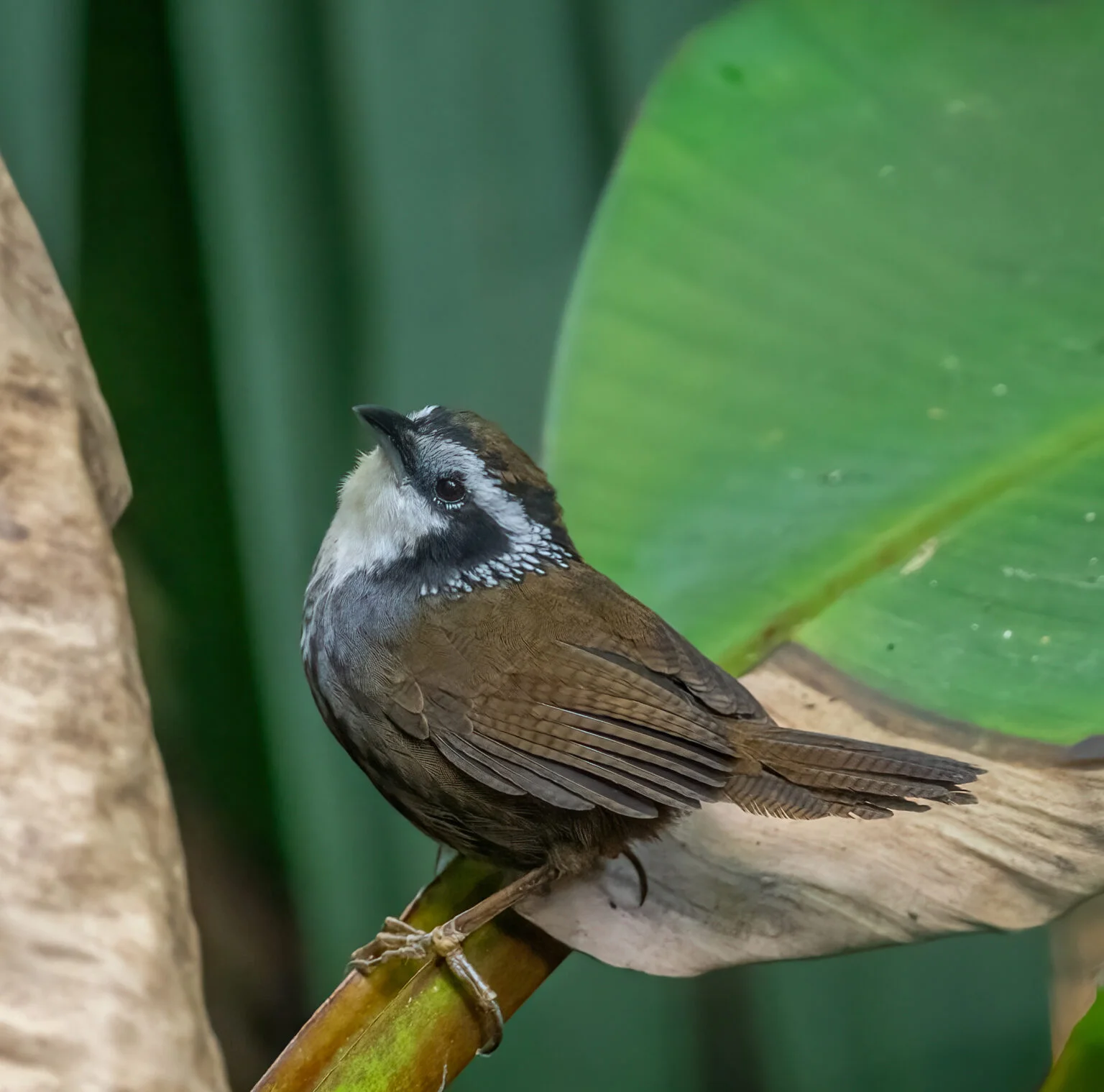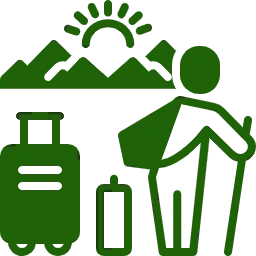Trip Summary
In December 2024, I made my maiden trip to Arunachal Pradesh to indulge in birding adventures in Namdapha National Park(NNP) and we spent four days to discover hidden avian beauties there between 25-28 December.
Locations Visited
This was a trip filled with sheer excitement and joy of discovering hitherto unknown places, exploring some not so easy trekking routes as well as waiting for long hours to get a glimpse of some of the most sought after avian delights. While we stayed inside the national park, we explored different hotspots during our trip :
Namdapha NP& Surroundings -M’Pen Bridge
This location was important to explore forktails – Namdapha NP is home to all five kinds of forktails found in India as well as most sought after and elusive Kingfisher from India – Blyth’s Kingfisher.
Various locations within 5km radius of Deban camp of NNP
This area include natural habitat of highly sought after Snowy-throated Babbler, While Tailed Flycatcher.
Crossing the Noa-Dihing river (a tributary of Brahmaputra)
We crossed this river using a bamboo bridge and climbed further up to explore the habitat of Streaked Wren -Babbler and Eye-browed Wren-Babbler and were fortunate to observe them in close proximity- this trail requires some amount of careful navigation. However, local guides are very helpful which enabled us to overcome any difficulties that came our way.
Banks of Noa-Dihing river (a tributary of Brahmaputra)
This location is very important since it’s the habitat for White-bellied Heron (Ardea insignis) world’s second largest heron which is presently critically endangered. Though we weren’t fortunate enough to locate this bird, it was sighted at the same place few days later again.
Group Size
During this trip, I was accompanied by my friend – Mr H K Guchait – a fellow bird enthusiast from Kolkata.
Bird Species Observed
Few of the ‘star birds’ that we were fortunate to observe and photographs are highlighted below:
• Long-billed Plover – Thinornis placidus
• Wreathed Hornbill – Rhyticeros undulatus
• Hill Prinia – Prinia superciliaris
• Gray-headed Parrotbill – Paradoxornis gularis
• Rufous-headed Parrotbill – Paradoxornis bakeri
• Pale-billed Parrotbill – Suthora atrosuperciliaris
• Brown-crowned Scimitar- Babbler Pomatorhinus phayrei
• Snowy-throated Babbler – Stachyris oglei
• White-hooded Babbler – Gampsorhynchus rufulus
• Streaked Wren-Babbler – Gypsophila brevicaudata
• Eyebrowed Wren-Babbler – Napothera epilepidota
• Beautiful Nuthatch – Sitta formosa
• White-crowned Forktail – Enicurus leschenaulti
• Black-backed Forktail – Enicurus immaculatus







Arrangements of the Trip
Trip For this trip, we engaged with Dipankar Phukan who is a professional guide and based at Dibrugarh in Assam. NNP is easily accessible from Dibrugarh which is well connected to most major cities in the country and the Mohanbari Airport is the closest airport to Dibrugarh. Connected well with other cities like Delhi, Guwahati, Kolkata, Ahmedabad and more, both in terms of direct and stop-over flights. Dibrugarh is well connected with other cities in the country through its rail network as well. The closest rail station here is the DBRT (Dibrugarh Town) or Dibrugarh (DBRG).
Any Indian national while entering Arunachal Pradesh need to obtain prior approval and our guide arranged for the same in advance.

Accommodation
On arrival at Dibrugarh on 24th December, we stayed overnight at Maguri town (another birding hotspot) and started our journey towards NNP at 4 am next day morning. We stopped at a small town in Changlang district in Arunachal Pradesh called Miao for breakfast. This was the last major town while transiting to NNP for procuring any food items or other necessities. We stayed at Deban Camp for all 4 nights and there are two types of accommodation available at Deban Camp and Would caution fellow travellers to ensure booking in the two storied (white coloured) building. We were allowed a hut adjacent to this building since the superior accommodation was allocated to government officials. However, huts are not well maintained and therefore I would prefer to avoid this unless I am left with no other options. Advantage of staying at Deban camp is that it’s located at a very convenient place and allows easy movement for birding in all directions.

Road Conditions
Travelling experience from Digboi to Miao town was quite smooth and existing road is also being converted into a 4-lane highway and we went past town of Digboi which has some of the oldest oil exploration related installations of the country.
However, road condition inside NNP is another experience – narrow roads coupled with jungle trail and rocky surface made us realise that 4WD is the only option to move around inside the park.

Weather Conditions
Weather conditions was conducive for bird watching and we were fortunate to have not experienced any rainfall. Best months to visit NNP for birding would be from November till April.
Trip Highlights
This trip helped me go past 900 bird counts from a global bird count perspective. Also, my long-standing desire to visit Arunachal Pradesh finally materialised. As a birder, we have grown up hearing about importance of NNP in the avian kingdom of the country and finally being able to visit this esteemed park was a reason for immense satisfaction. We also could photograph Hoolock gibbon- the second-largest of the gibbons, after the Siamang.
Personal Reflections
It was my first trip to Arunachal Pradesh for birding related activity. Here I noticed that birds are at times very restless and skittish and the forest is really dense and therefore finding those avian beauties offer a very different kind of challenges. Therefore, fellow bird photographers need to have their expectations moderated appropriately with regard to quality of images that they would be able to come up with. Also, anyone planning for a trip to NNP should also seriously consider travelling to Vijaynagar for the Lisu Wren Babbler – an endemic from this area. However, this would involve trekking for 8 + hours and need to negotiate extremely challenging road condition or dare I say absence of any road – while we didn’t attempt to go to Vijaynagar due to paucity of time, it surely remains a very important milestone to conquer in my photographic journey.
